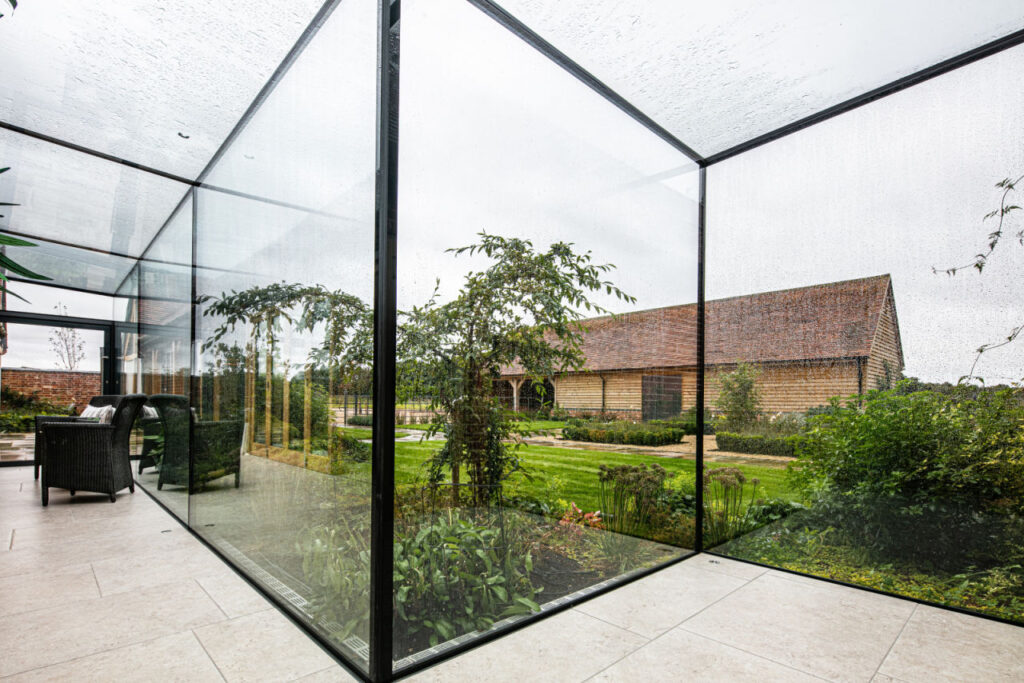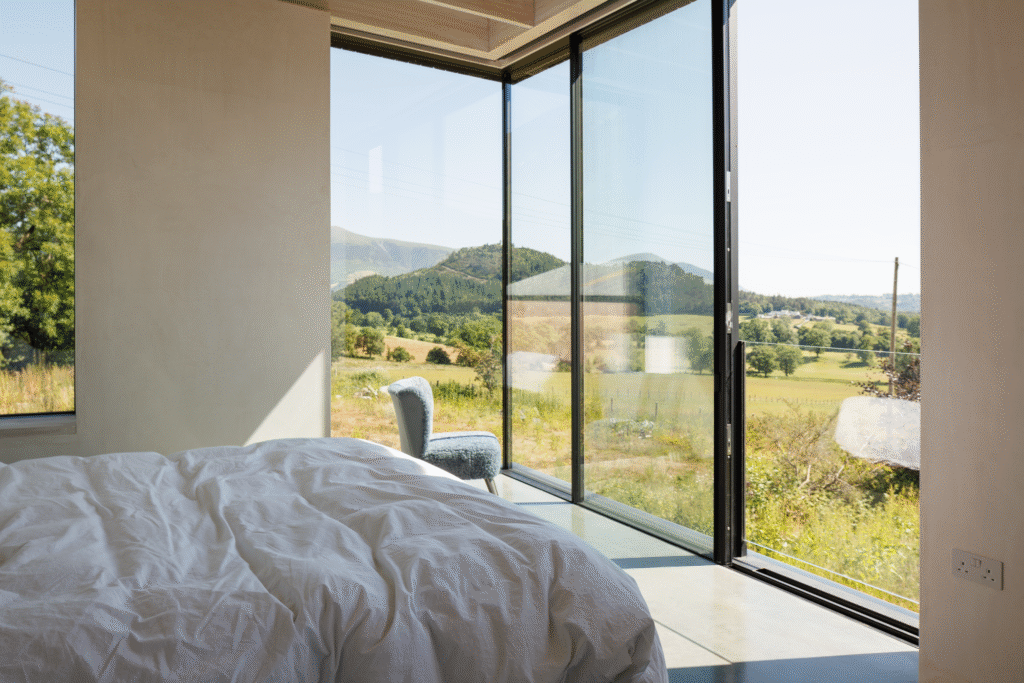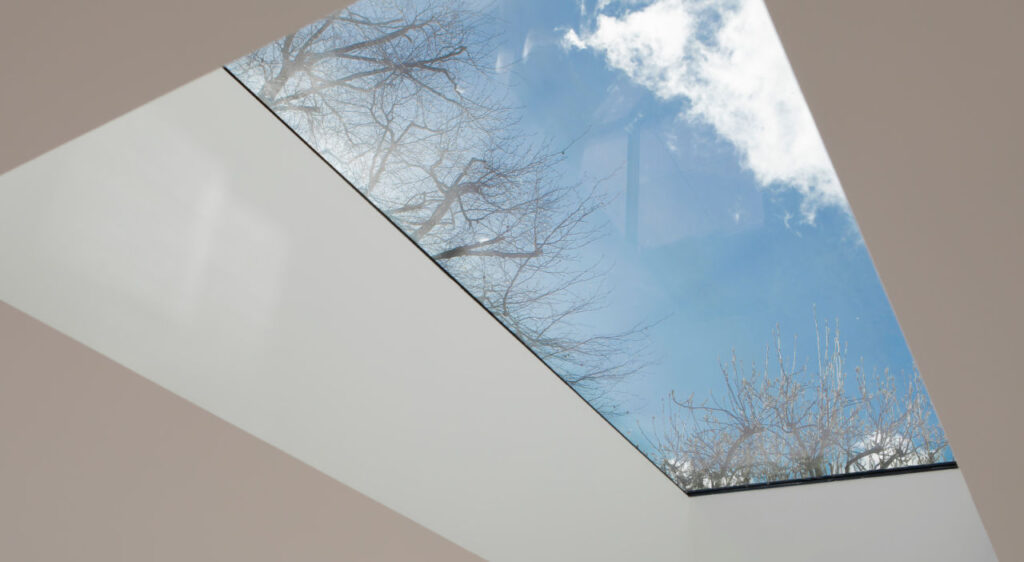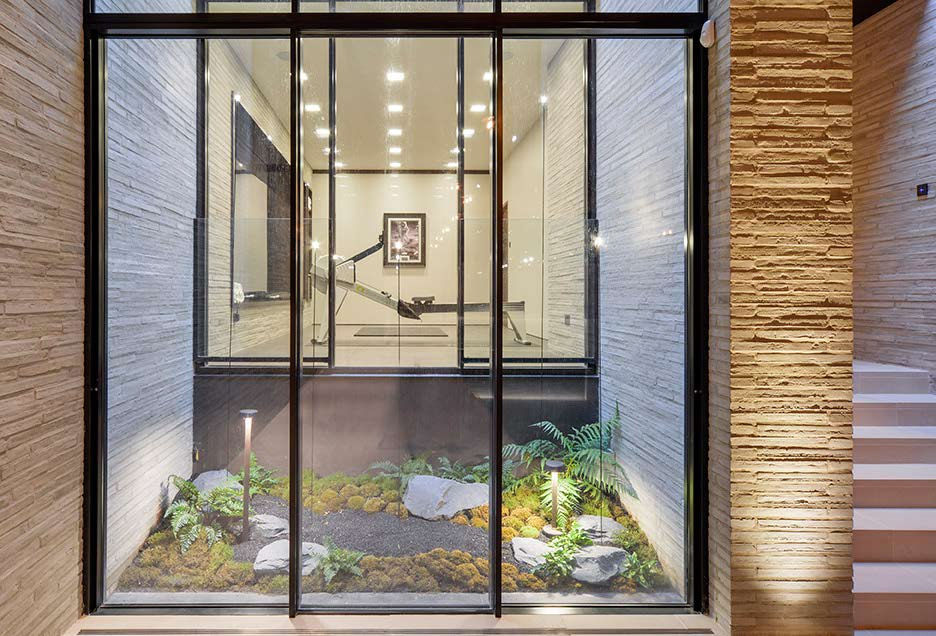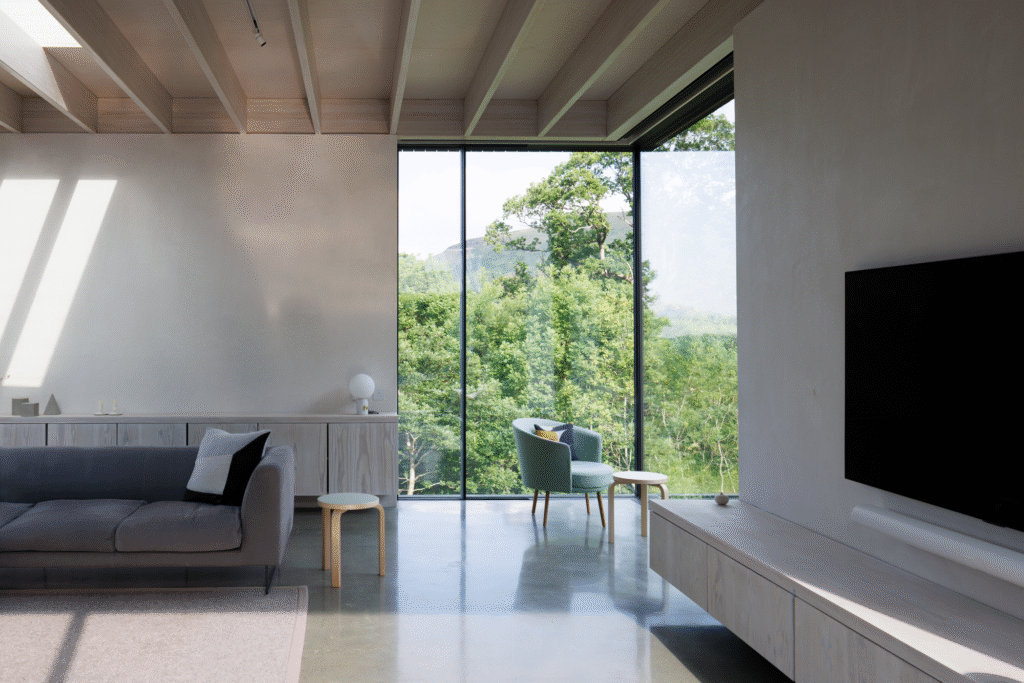Debunking the Top Ten Myths about Contemporary Glass Extensions
More and more of us are choosing to stay put in our homes and renovate them into the vision of our dreams, rather than moving into something else, and one of the most common ways to add extra living space is with an elegant contemporary glass extension.
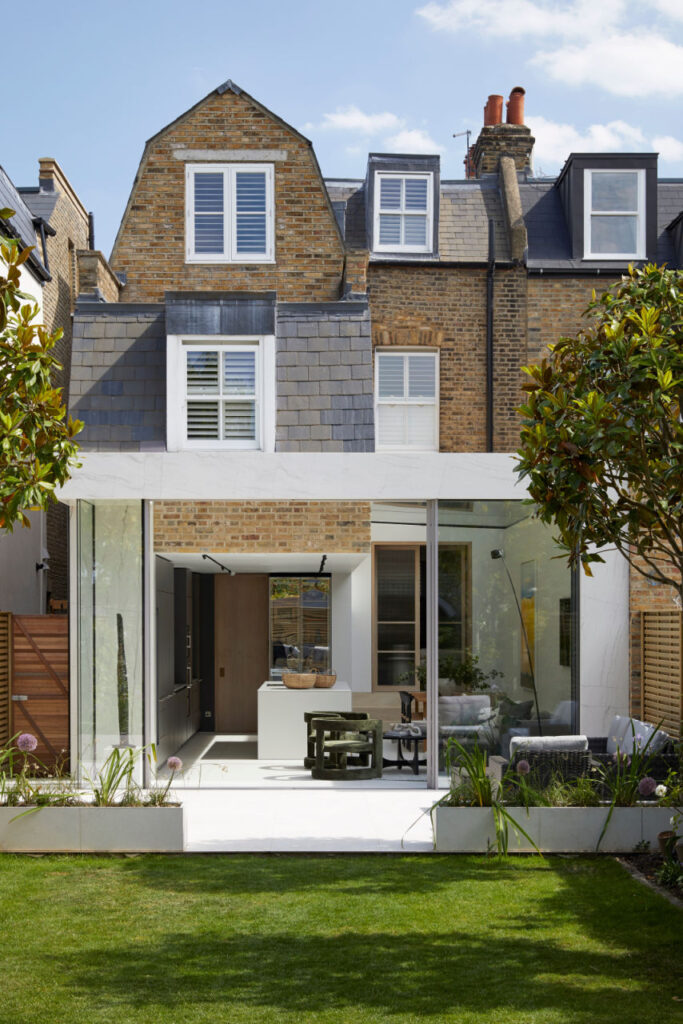
By blending cutting edge design with natural light and high-end materials, homeowners across the country are creating striking architectural additions to their home. But for all their popularity, there are a few misconceptions about glass room extensions that simply will not quit. Spanning from concerns about temperature and privacy, to safety and structural worries, these myths can sometimes put developers off from investing in what, in reality, can be a highly efficient and versatile design solution.
As the innovator of structural glazing and a leading voice in architectural glass for the past four decades, Cantifix is here to set the record straight. In this post we will be debunking the 10 most common myths about contemporary glass extensions for houses, as well as explaining why they may just be the perfect project for your family home.
Myth 1: Glass Room Extensions Get Too Hot In Summer & Cold In Winter
If there was one single issue that most people cite for putting off getting an extension made of glass, this would be it. As persistent as it may be, it is actually no longer true. Modern contemporary glass extensions make use of high performance glazing and innovative coatings, such as solar control glass and low emissivity (known as low-E) layers to regulate the internal temperature all year round. In the UK, this will most likely also include double or triple glazing with argon filled cavities to reduce the thermal transfer as much as possible and ensure maximum energy efficiency.
At Cantifix, we make use of cutting edge technology in both the glass and framework that makes up our projects, sometimes even inventing the solution if one doesn’t already exist.
In fact, the U-values (the common measurement of heat loss) for our bespoke-created glass systems can rival even those of traditional walls. When designed in collaboration with proper ventilation and thoughtful shading, there is no reason why glass room extensions can’t feel just as cool in the summer and warm in the winter as the rest of the house.
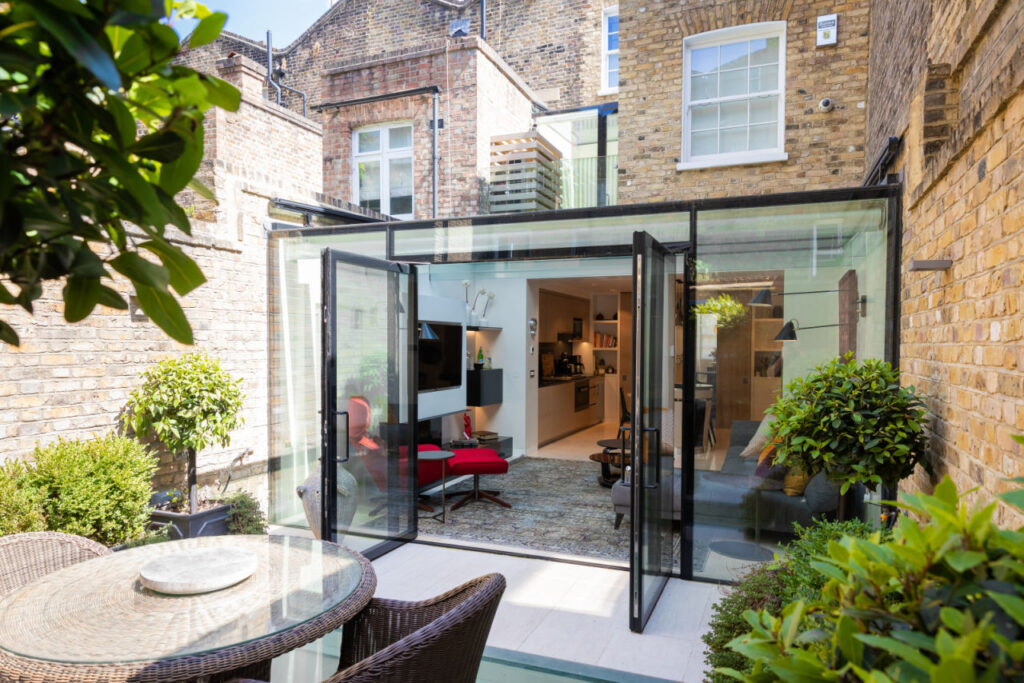
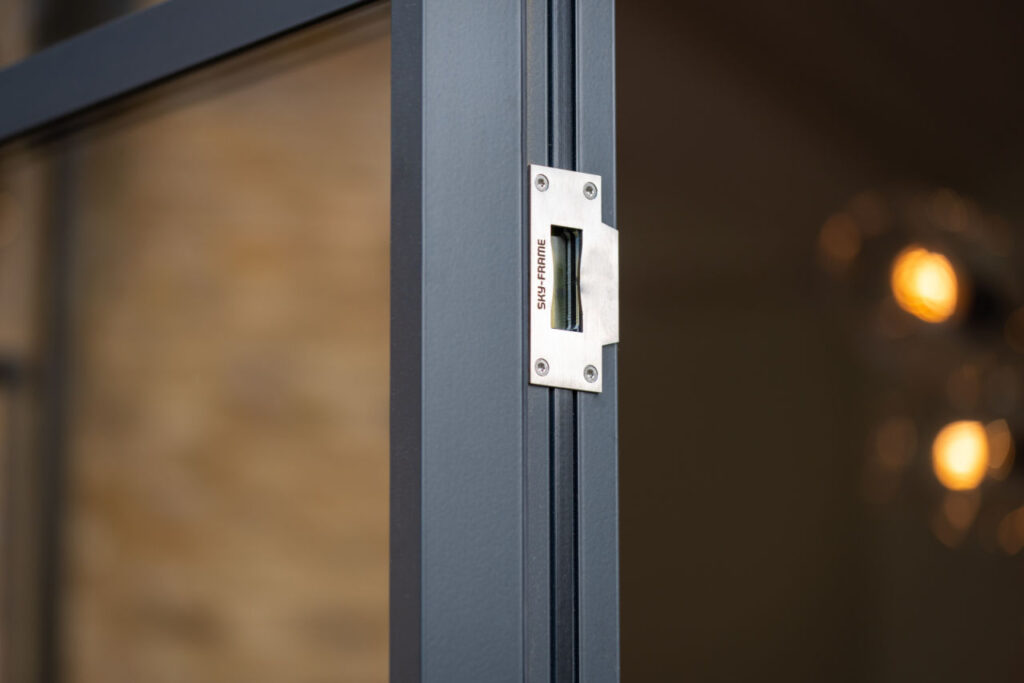
Myth 2: Glass Structures Are Fragile And Insecure
You may think that glass is inherently delicate. But structural glazing is different. It is expressly engineered to be incredibly strong and durable.
Our glass room extensions are made with the highest regard for safety and structural integrity. By making use of laminated and toughened glass, hidden framework and tried and tested innovative bonding techniques, we are able to create glazing that looks effortless, but is actually working incredibly hard to appear so.
All of the glass used in glass structures undergoes rigorous testing to meet British Standards for impact resistance and security. Add to this our expert methods of bonding, precision-engineers structural supports and glass that has been adapted to withstand extreme loads, you can be sure that you are getting a product that is both secure and durable.
For added peace of mind, we also integrate PAS 24-rated security measures such as locking systems, laminated security glass, and concealed fixings, ensuring your home remains protected, always.
Myth 3: Glass Based Rooms Lack Privacy
Concerns for privacy are completely understandable, especially if you live in an urban area and are overlooked by other buildings. But it is also an easily fixed problem. Let us explain…
Glass can be created in more than just high clarity transparency. Fenestration work, frosting, sand blasting are all options to obscure views, but there’s also the ability to change this to perfectly clear at the touch of a button. Our switchable glass can be added to all of our glazing, making it ideal for bathrooms, bedrooms or kitchens or anywhere that may feel a bit too exposed. Both options are good for maintaining your views and natural light exposure, without having to worry about privacy.
There are also strategic positioning and design features that can help. External louvres, carefully angled overhang roofing or brise soleil, partial walls, balustrades or even landscaping of outside space can all block views in, while allowing you to still enjoy all the benefits of a fully glazed extension.
Myth 4: Contemporary Glass Extensions Only Suit Modern Houses
We struggle with believing that this myth is so widespread, as a large percentage of our most striking contemporary glass extensions have been attached to some seriously old buildings! Far from clashing with tradition, glass can respectfully and elegantly compliment it: the contrast between old stone or rough brick and sleek minimalist glass is a classic pairing for good reason.
Victorian red brick terraced houses suffer from a lack of natural light downstairs, but a glass rear or side return extension looks incredible while also being a practical way to bring in light. Listed townhouses maintain their period features while being able to modernise and expand their floorspace, and rural structures can be seamlessly linked together with glass corridors, bringing new life to buildings that may otherwise be unable to support modern living habits.
In conservation areas, glass can be the perfect solution because it’s visually lightweight and is even often viewed favourably by planning authorities for this reason.
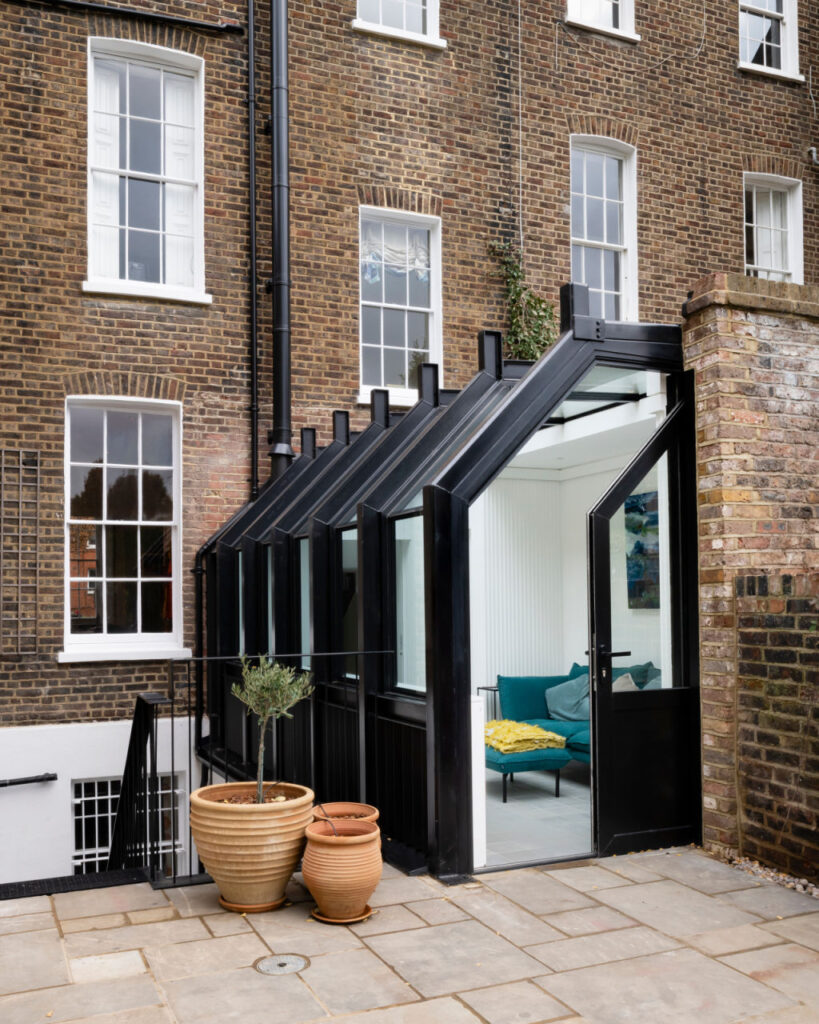
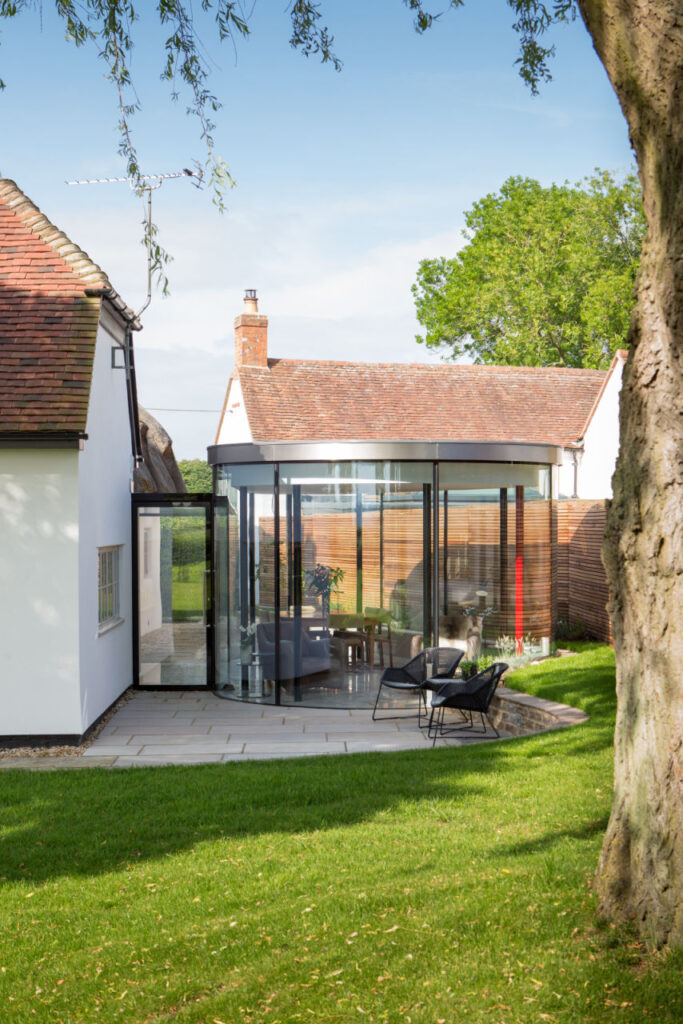
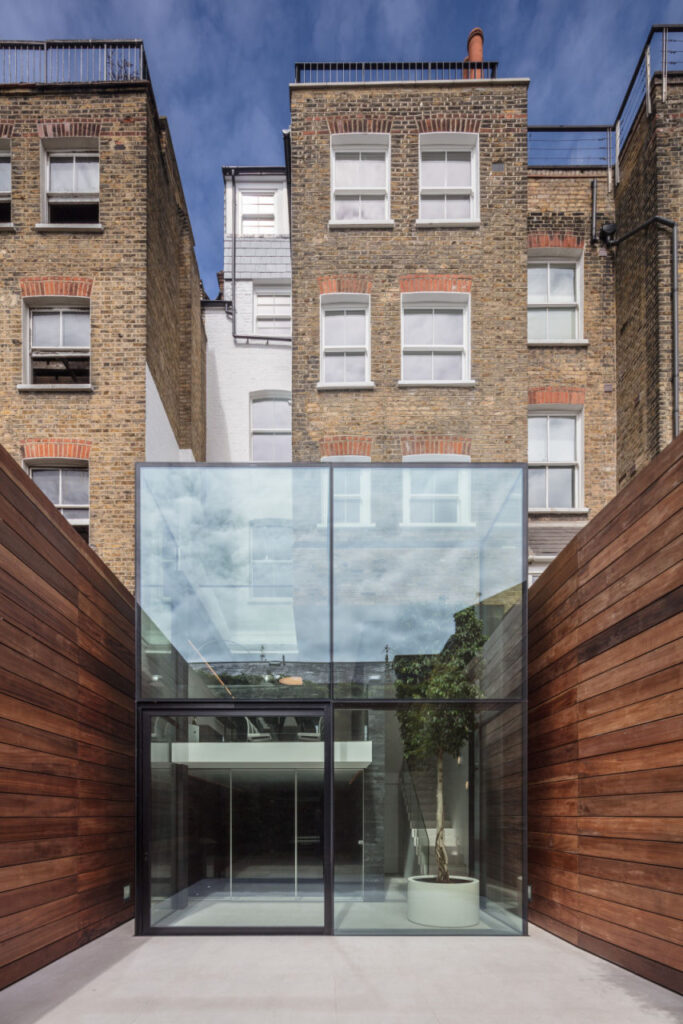
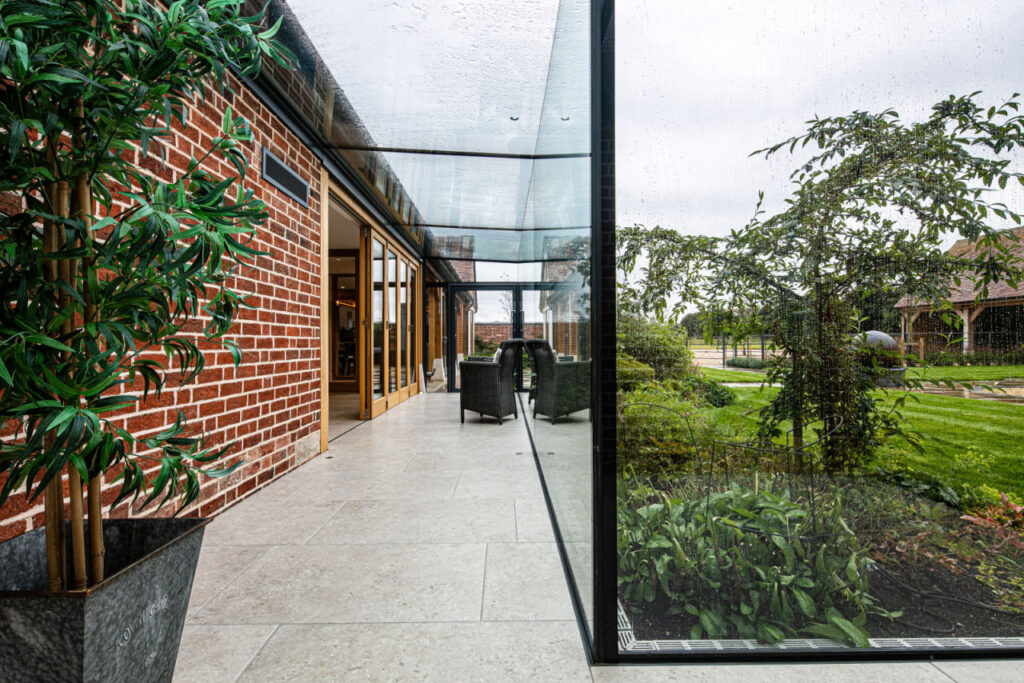
Myth 5: They Are Noisy, Especially In The Rain
Older glass maybe, but this is no longer the case with modern acoustic engineering.
High specification glass extensions for houses and public spaces can include acoustic, laminated glazing, which specifically and significantly reduces external noise, even rain.
The interlayers used in these systems are engineered to absorb sound vibrations, making them a good option for dining rooms, buildings beside roads or anywhere else that has a higher than average amount of noise.
Myth 6: They Aren’t Environmentally Friendly
This subject is far too involved to answer completely in a few short sentences, luckily we have already addressed the sustainability of glass itself, so here we will answer for the general usage and running of a glass extension.
High performance glass will improve and maintain the thermal envelope of the extension, reducing the need for energy consumption to cool or heat the room, especially when paired with integrated passive solar technology, while the natural light afforded by the use of glass will mean that artificial light is needed less often than in a room made of other materials. Plus, many contemporary glass extensions today are created specifically with eco-friendly materials or those that can be recycled if and when they are no longer needed, such as aluminium framing systems.
Myth 7: Contemporary Glass Extensions All Look The Same
With this myth, we stand firm: this couldn’t be further from the truth.
Glass extensions for houses are among some of the most flexible, versatile design solutions out there. Whether it follows a minimalist aesthetic with a frameless box, a dramatic cantilevered space with industrial chunky framework, a glass link connecting two wings of a property, or retro Crittall-style windows for serious Art Deco styling, the bespoke nature of contemporary glass extensions means that the design possibilities are nearly limitless, with no two projects ever looking exactly alike. From rural retreats to urban townhouses, a glass extension can be tailored to suit your exact spatial requirements and unique style.
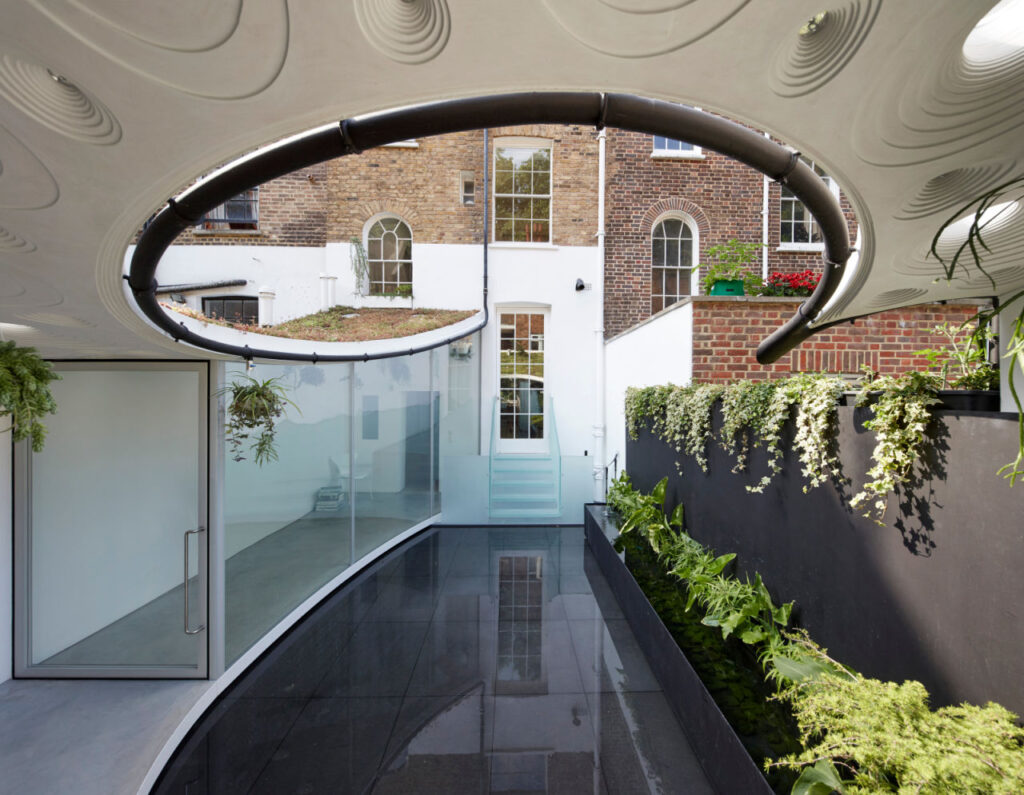
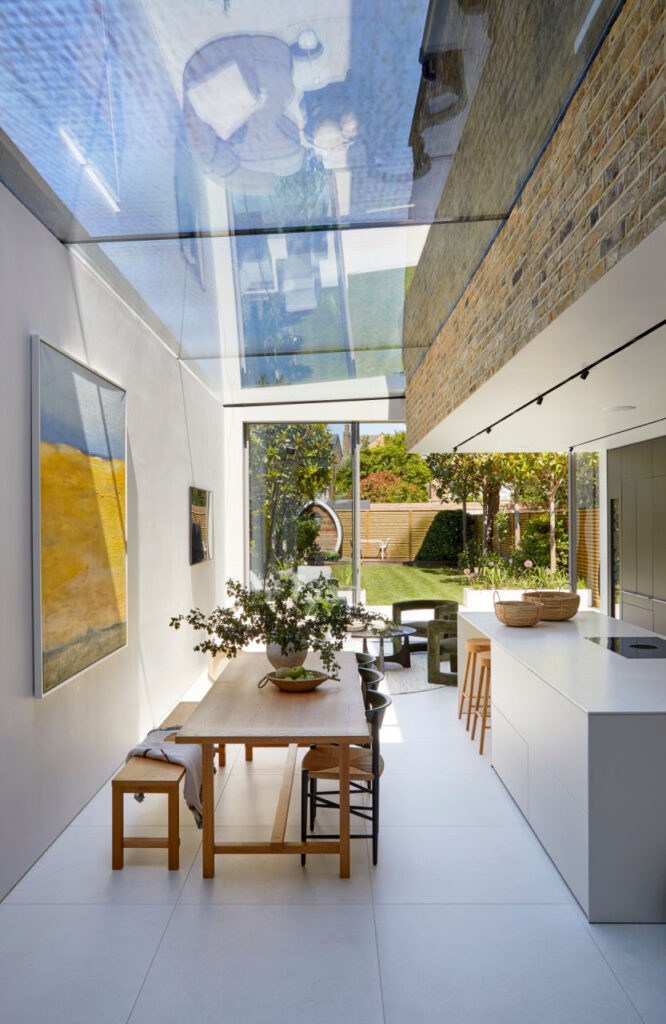
Myth 8: Glass Roofing Will Cause My Furniture And Floors To Fade
The particular untruth lies in a history of poor performing glazing. Outdated glass did indeed let in harmful ultraviolet rays which faded everything in their way.
However, modern glazing can include UV blocking interlayers, which protects both interiors and the people inside the room. Using solar control and low-iron glass (such as our Solstice Glass) we can reduce the UV radiation, while still maintaining the clarity of the glass itself. We have even used these glass types in Museums and Art Galleries, such is their effectiveness at protecting precious artworks below.
Myth 9: My House Isn't Strong Enough To Support A Glass Extension
This myth stems from a misunderstanding about the weight of a glass extension itself, which is not always necessarily heavy, and if it is, there are ample solutions to offset this weight to make it work.
Structural glass is very often self-supporting, meaning that it doesn’t place excessive weight on the existing building that it is attached to. In cases where support is needed, steel reinforcements or independent foundations can be introduced without altering the primary structure, and in many cases these can be hidden to maintain the illusion of being self-supporting.
Cantifix engineers every project individually, meaning we can safely add glass room extensions to almost any type of property: including older homes with limited load capacity. Just take a look through our past projects for some examples.
Myth 10: Glass Extensions leak or suffer from condensation.
This is a hard one to discuss, as we can only speak for our own projects. A properly designed and installed glass extension should never leak or suffer from ongoing condensation issues, as there is technology and design features available to combat both.
At Cantifix, our detailing is always precise, making use of engineered seals, thermal breaks, and drainage channels to prevent water ingress and control moisture, even on seemingly flat roofing and flush threshold doorways. We also design every structure with adequate ventilation, whether passive or mechanical, to ensure humidity is managed year-round.
Condensation is a sign of poor design, not an inevitability. With the right materials and installation expertise, it can be very easily avoided.
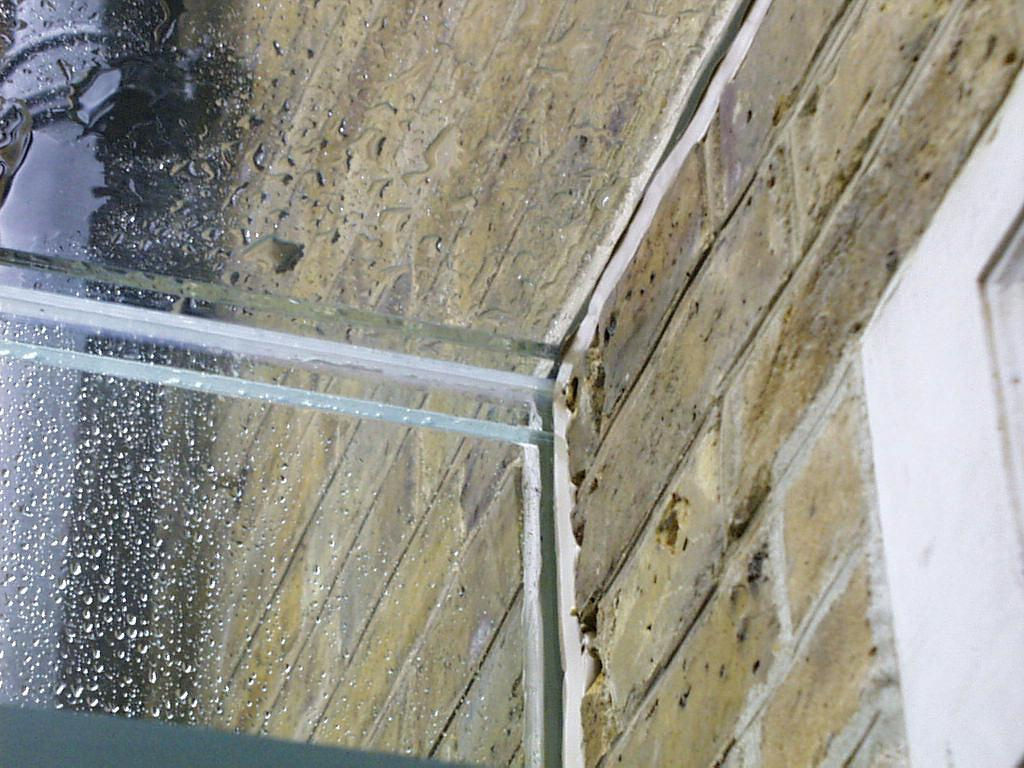
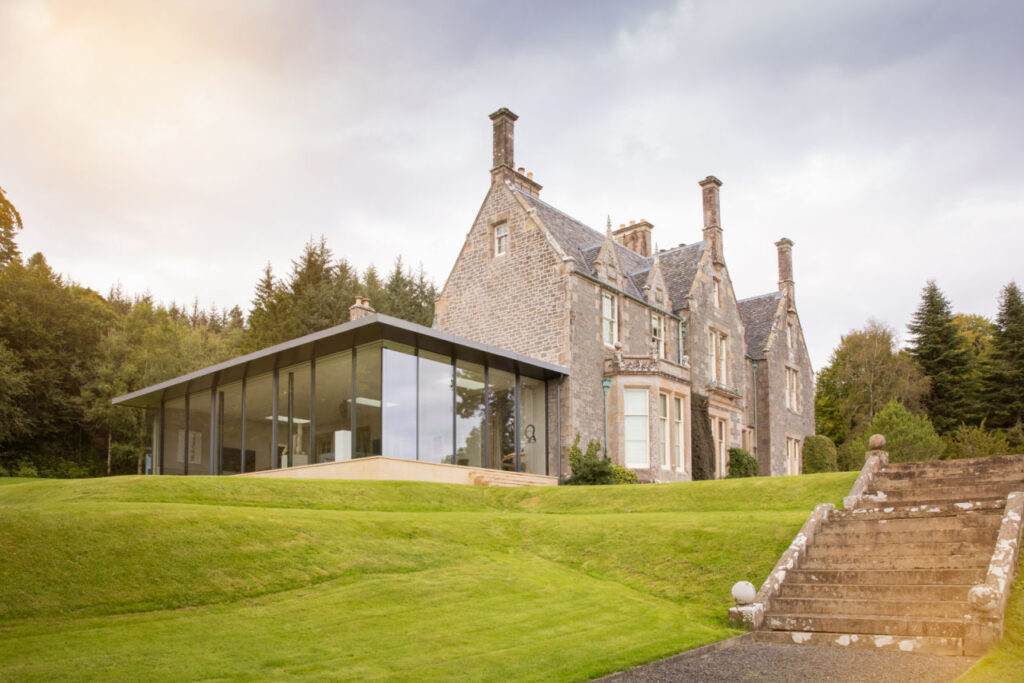
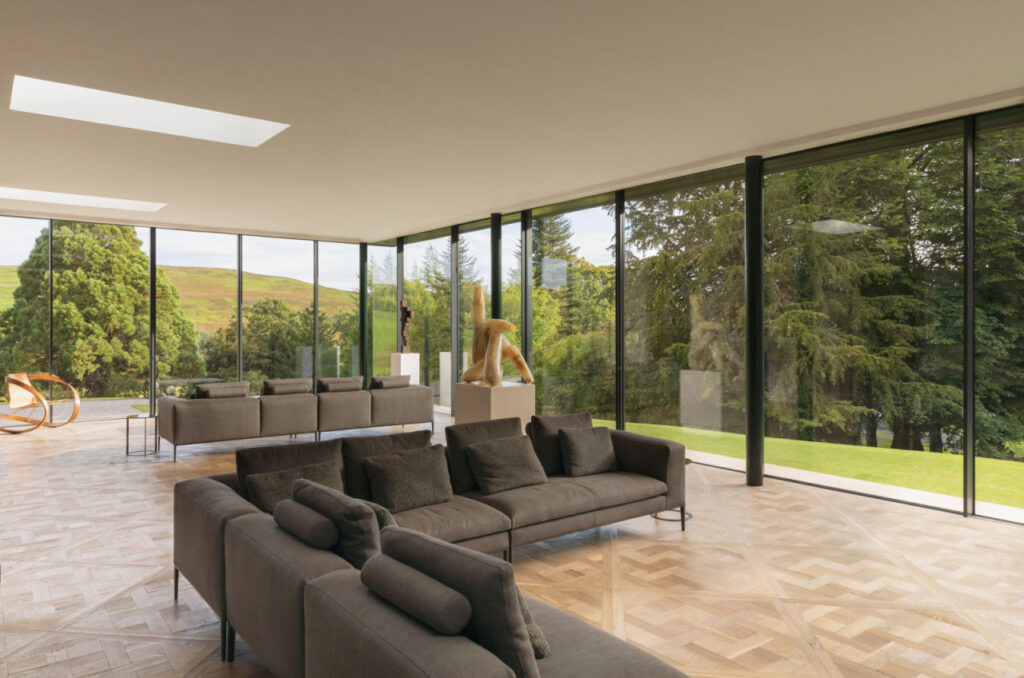
Glass Extensions: Frequently Asked Questions
We get it, any major renovation or extension work to your home can be a daunting undertaking. Here are a few more questions that we regularly get asked about the process:
Do I need planning permission for a contemporary glass extension?
Not always. There are many glass extensions that fall under permitted development rights, especially if they are small scale and are located to the rear of the property. A key factor is to consider where your property sits. Those in conservation areas or which are listed will often require full planning consent. The best course of action is always to check with your local authority before making any concrete plans.
Are glass extensions energy efficient in the UK climate?
While it is impossible to speak for all extensions, especially the older ones, in general yes, they can be. When created with high performance glazing, glass room extensions can be just as efficient as those made with other building materials. Making use of solar control coatings, low-E glass and thermally broken framework and shading, you can regulate the temperature year round, leading to a reduction in energy consumption.
Can I use a glass extension all year round?
As mentioned above, if the extension has been properly designed, with high quality glass and carefully considered insulation, ventilation and optional heating additions to the room then yes, your extension can be used all year round, even in colder climates such as England.
How long does it take to build a structural glass extension?
Timelines vary massively from project to project, with even fairly identical extensions having their own quirks that can affect timing. A basic glass room extension may take anything from 8-16 weeks from design to installation. We provide detailed timelines and project management for all of our projects, so please get in touch for more accurate estimates.
Are there options for ventilation in fully glazed rooms?
Definitely! From discreet slimline opening panes, fully motorised pop up rooflights, retractable roofing to sleek frameless sliding doors and automated integrated ventilation systems, there are so many options for what appears to be a fully glass room, to ensure fresh air and climate control without compromising on aesthetic design.
Now, we may be biased, but we think that contemporary glass extensions, no matter which style you opt for, are the best ways to bring in natural light to your home. They offer unparalleled connections to nature, extra living space and can bring a beautiful architectural feature to your home. We hate that these common misconceptions have held many back from benefiting from them sooner, and a good debunking of them was long overdue. With the right glazing expert, there is no reason why your glass extension would not be a comfortable, secure, efficient and stylish addition to your own home.
At Cantifix, we pride ourselves on creating glass solutions to suit the most complex of architectural problems. For over 30 years we have been creating bespoke glass that has helped homeowners, architects and property developers reinvent their spaces with elegant structural glazing. If you’re considering a glass extension, be it modern, traditional, urban or rural, please get in touch. We’d love to show you what is possible with the right glass.
